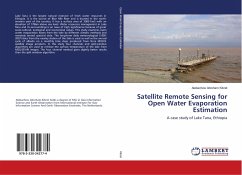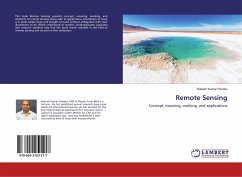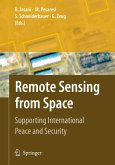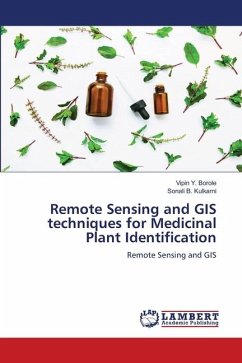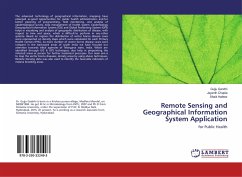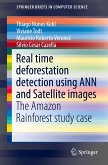Lake Tana is the largest natural reservoir of fresh water resources in Ethiopia. It is the source of Blue Nile River and is located in the north-western part of the country. It has a surface area of 3000 km2 with an elevation of 1786m above sea level. Water resources management in Lake Tana and its surroundings is an issue of high significance because of great socio-cultural, ecological and economical values. This study examines open water evaporation losses from the lake by different climatic methods and remotely sensed spectral data. The long-term daily meteorological (1995-2007) data from the nearby station of the lake is used as well as the annual cycle of albedo on a monthly time steps produced from Terra MODIS satellite image products. In this study four channels and split-window algorithms are used to retrieve the surface temperature of the lake from MSG/SEVIRI images. The four channel method gives slightly better results than the split window algorithm.
Bitte wählen Sie Ihr Anliegen aus.
Rechnungen
Retourenschein anfordern
Bestellstatus
Storno

